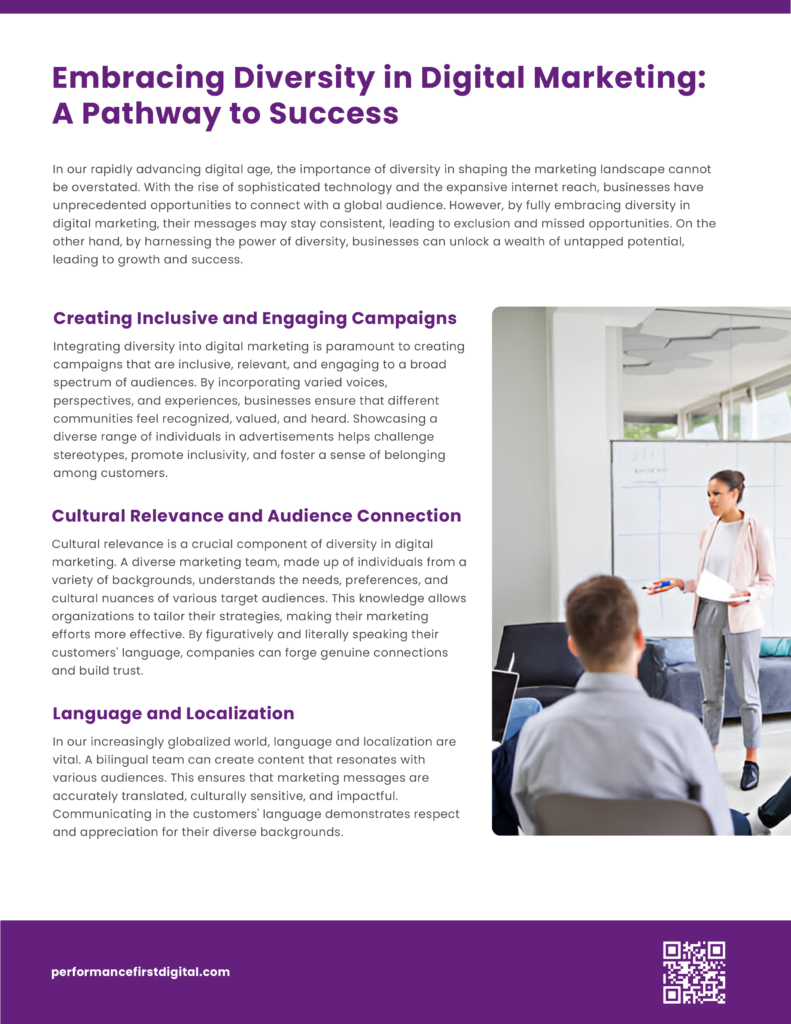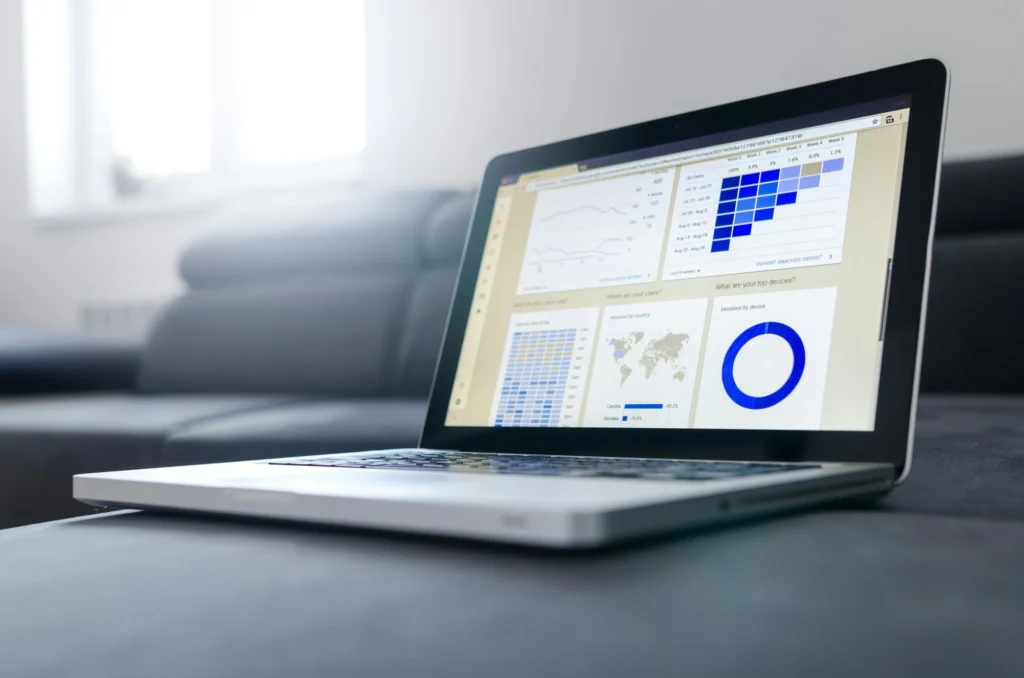In 2024, programmatic advertising will make up 91.3% of U.S. digital display advertising. Here’s what you need to know about it.
Almost everyone has experienced it in one way or another, but many people lack a clear understanding of how programmatic digital advertising works.
Prominent examples of mega-programmatic digital companies include Google, Facebook/lnstagram (Meta), Snapchat and TikTok. These companies possess vast amounts of data about each of their users, which they leverage to deliver advertisements based on their client’s goals and objectives. Programmatic advertising relies on software and algorithms to automate the buying and selling of digital ads through real-time auctions. This approach enables more precise targeting and improved ad optimization, ultimately delivering advertisers a higher return on investment.
Is Big Brother watching? After being involved in digital advertising for the last 24 years and witnessing the industry explode due to data, I would say the answer is a resounding yes! The majority of our online activities are being tracked. Our online interactions are meticulously documented through code or cookies (an industry term) embedded in mobile and desktop devices. The information is then stored by big data companies, which subsequently resell the data to ad agencies and supply-side ad networks.
The movement to protect our data is gaining momentum. Data privacy concerns have taken center stage, prompting advertisers to incorporate more transparency and control for consumers to address these concerns. Artificial intelligence (Al) and machine learning are now being integrated into programmatic advertising to optimize campaigns, enhance targeting and automate processes, as we seemingly transition to a cookie-less online experience.
It All Starts with Data
Have you ever searched online for shoes, a new computer or a new car? Almost immediately afterward, you start seeing ads following you during your online experience. This phenomenon is known as behavioral targeting, and it occurs based on the first-party data we leave behind (cookies) across the websites we interact with. The entire transaction happens in a matter of nanoseconds, making it one of the most commonly used programmatic digital tactics.
First-party data refers to the data that a business or organization collects directly from its customers or users. It is primarily obtained through interactions such as website visits, app usage, purchases, subscriptions, surveys, or any other direct engagement with the company.
Programmatic Advertising Is Trending
More and more advertisers are embracing programmatic advertising due to its effectiveness, cost-effectiveness and efficiency. The latest trends include:
- Rise of connected TV (CTV) advertising: With the increasing popularity of streaming services, CTV advertising has become a significant trend in programmatic advertising. It allows advertisers to target specific audiences based on their viewing habits.
- Greater focus on data privacy: As data privacy concerns continue to dominate public discourse, programmatic advertising is adapting by incorporating more transparency and control for consumers.
- Integration of artificial intelligence (Al): Al is utilized in programmatic advertising to optimize campaigns, improve targeting and automate processes.
- Increased use of machine learning: As Al technology evolves, programmatic advertising will become even more sophisticated in analyzing data and optimizing campaigns.
- Expanded use of programmatic advertising beyond Digital Channels: Programmatic advertising has expanded its reach beyond digital channels into traditional media such as TV, radio, digital billboards, taxi cabs, in-car screens, office buildings, and gas station screens. Essentially, programmatic advertising can be served anywhere there is a monitor.
Programmatic advertising isn’t the future, it’s here. The question is, what are you doing to take advantage of its benefits?








